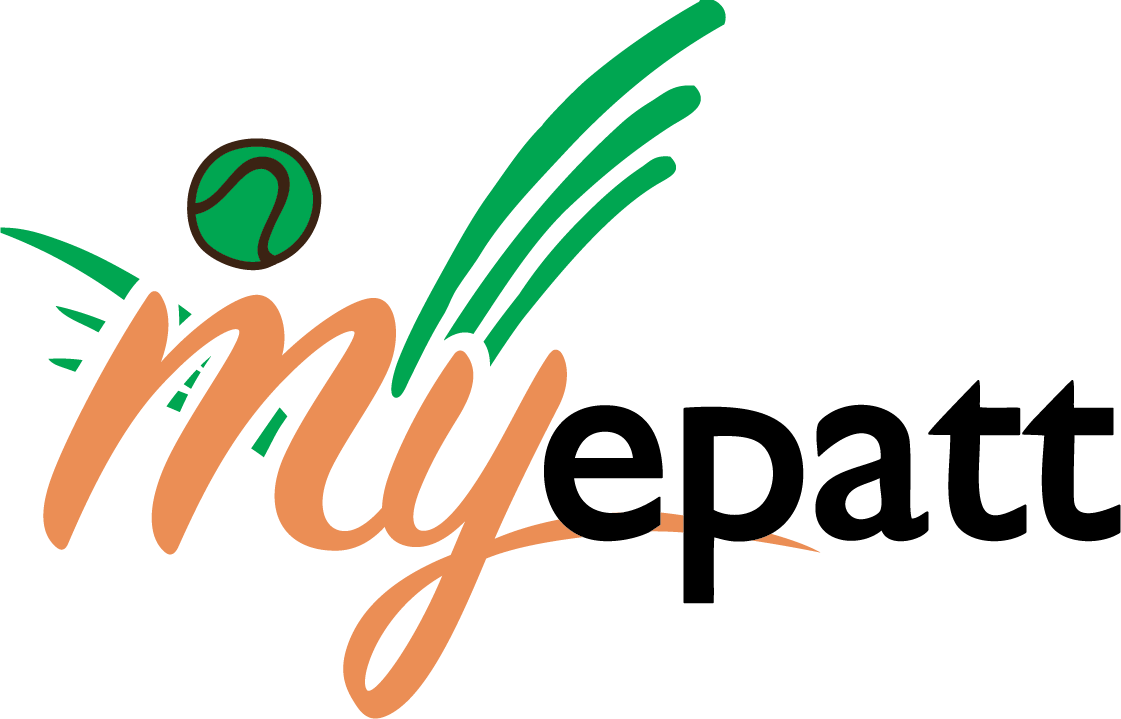Nursing Pathway Program Expands at the CSU
By: Christianne Smith
1/10/2022
More CSU campuses are partnering with their local community colleges after the success of the first cohorts at Cal States Fullerton and San Bernardino.
CSU campuses are cutting the time it takes for community college students to earn a Bachelor of Science in Nursing (BSN) degree.
Ten CSU campuses are now offering the ADN-to-BSN program to make the path to earning a BSN more streamlined by removing unnecessary time and costs for students to become workforce-ready.
The program enables California community college students who are working to earn their associate degree in nursing (ADN) to concurrently enroll at one of the CSU nursing programs. After receiving their ADN, students complete their final semester at the CSU and graduate with a BSN.
Cal State Fullerton and Cal State San Bernardino launched the first state-supported program of this kind in California, with each campus partnering with Riverside Community College (RCC) beginning in fall 2019.
The promising results seen from the first cohort at each campus inspired multiple CSU campuses to jump on board.
All RCC students who concurrently took classes at CSUF or CSUSB successfully transferred to the CSU. These students only took an average of three years to complete an ADN, plus an additional six to nine months to graduate with a BSN.
“The average time to complete an ADN degree has been five years, which discourages many students from furthering their education to pursue a BSN," says Margaret Brady, Ph.D., professor of nursing at Cal State Long Beach and coordinator of the ADN-to-BSN program. “This program makes the road to a BSN more feasible."
All 23 students in CSUF's cohort have passed the National Council Licensure Examination (NCLEX) and became licensed RNs. In addition, 16 of these graduates are now employed in health care. The CSUSB cohort will take the exam in February 2022.
The future of nursing
Dr. Brady says employers, more than ever, prefer to hire RNs with baccalaureate degrees. Those with BSNs or higher will also have more opportunities for professional growth.
“The health care environment is changing rapidly and hospitals need nurses who are prepared to meet their complex needs," explains Brady. “There's greater preference for RNs with the highest level of education as it relates to a wider range of competencies in areas not previously tied to nursing—such as administration and technical analysis."
According to the Institute of Medicine's Future of Nursing report, future nurses are expected to play a critical role in improving the health care system. Their responsibilities will be transformed, as they will need to demonstrate their expertise beyond the traditional care skillsets.
RNs must have knowledge of health policy, finance, research, and leadership skills to fully collaborate with health professionals and lead in the redesign of health care.
Developing a more diverse nursing pool
In addition to being more educated, future nurses will need to reflect the racial and ethnic makeup of the populations they serve.
“The program is intent on diversifying the pool of nurses with BSN degrees," says Brady.
“To improve the health care system, we must aim to close health disparities across people and cultures. Nurses must tear down communication barriers, lack of trust and cultural differences that prevent underserved communities from receiving proper care."
The dual-enrollment program attracts more students to pursue a BSN, including those who are eager to enter the workforce as well as underrepresented minorities.
More than 70 percent of the students in CSUF and CSUSB's first cohorts are underrepresented minorities—closely resembling the diversity of Riverside County, which has 70 percent minority residents and nearly half of the total households speaking a non-English language.
Learn more about the CSU's ADN-to-BSN programs at a participating campus website:
Want to Learn More?
Please contact:
Public Affairs Department
(562) 951-4800
